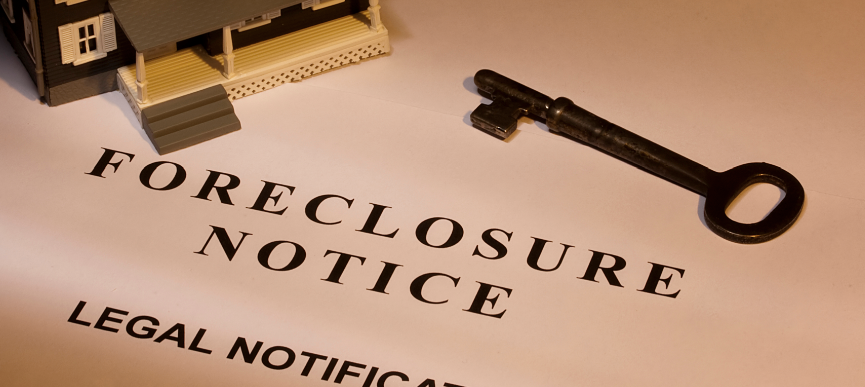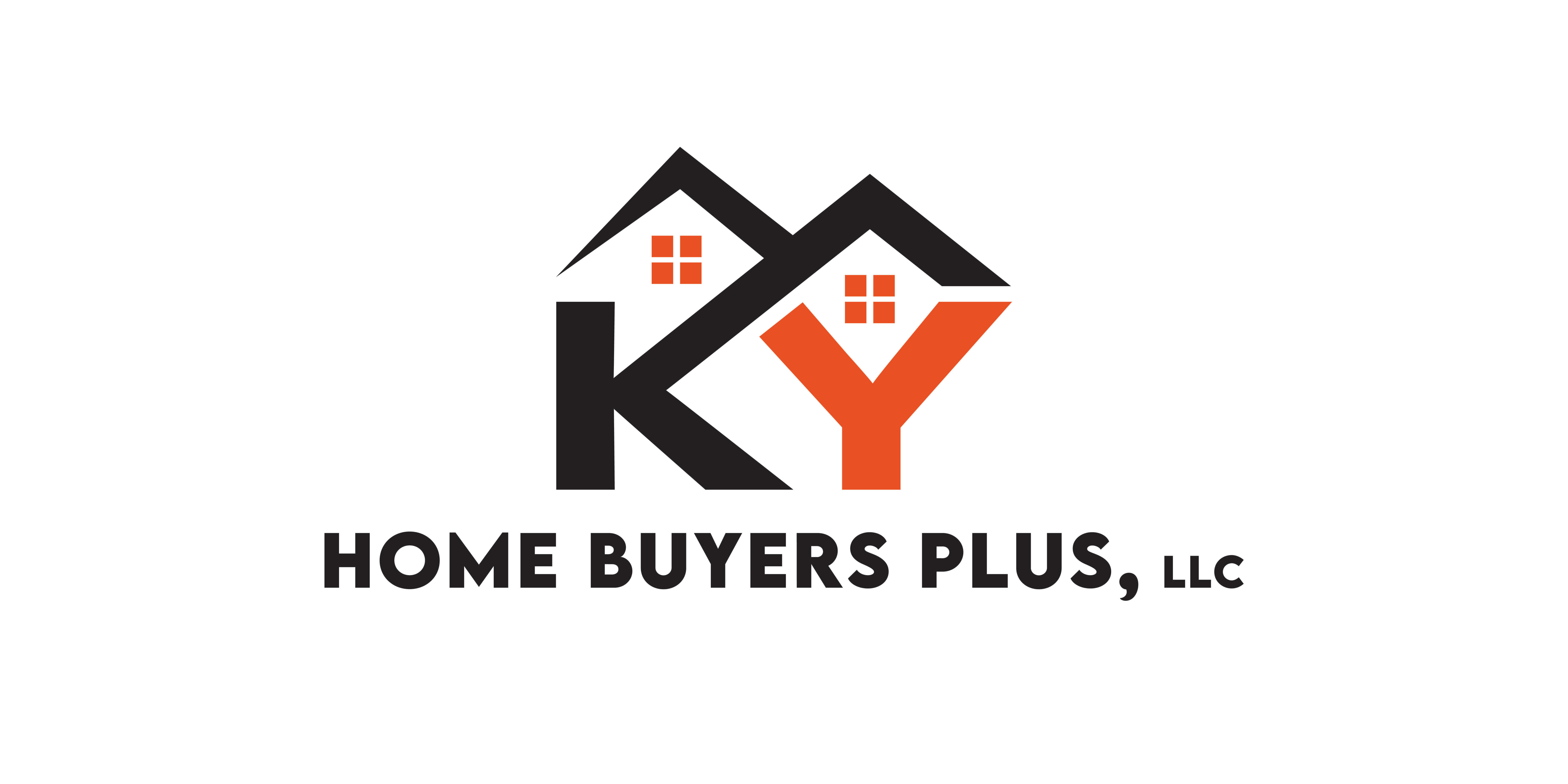
Foreclosure Notice of Default (NOD) is a critical legal document that marks the beginning of the foreclosure process in Kentucky . When a homeowner falls behind on mortgage payments, the lender issues the NOD, formally notifying the borrower that they are in breach of their loan agreement. In this blog post, we will delve into the intricacies of the Foreclosure Notice of Default in Kentucky , exploring its purpose, process, and implications for both homeowners and lenders.
- Understanding Foreclosure in Kentucky
a. The Foreclosure Process
Foreclosure is a legal process through which a lender repossesses a property when the homeowner defaults on their mortgage payments. The foreclosure process in Kentucky generally follows these key steps:
- Delinquency: The foreclosure process begins when a homeowner becomes delinquent on their mortgage payments. Typically, the homeowner must miss several consecutive payments before the lender initiates foreclosure proceedings.
- Notice of Default (NOD): Once the homeowner reaches the specified delinquency threshold, the lender will issue a formal Notice of Default (NOD). The NOD serves as an official notification that the borrower is in breach of their loan agreement.
- Pre-Foreclosure Period: After receiving the NOD, the homeowner enters a pre-foreclosure period during which they have the opportunity to rectify the delinquency by paying the overdue amount or negotiating with the lender on a repayment plan.
- Foreclosure Auction: If the homeowner fails to resolve the delinquency during the pre-foreclosure period, the property will be scheduled for a foreclosure auction. At the auction, the property is sold to the highest bidder.
- Real Estate Owned (REO): If the property does not sell at the foreclosure auction, it becomes Real Estate Owned (REO) by the lender. The lender will then attempt to sell the property through traditional means or with the help of real estate agents.
b. Causes of Foreclosure
Foreclosure in Kentucky can be triggered by various factors, including:
- Financial Hardships: Economic challenges, job loss, medical emergencies, or other financial difficulties can lead to missed mortgage payments.
- Adjustable-Rate Mortgages (ARMs): Homeowners with ARMs may experience fluctuations in interest rates, leading to higher monthly payments and potential delinquency.
- Overleveraging: Borrowers who overextend their finances by taking on too much debt may struggle to meet their financial obligations, including mortgage payments.
- Property Depreciation: A decline in property values can make it challenging for homeowners to sell their homes or refinance their mortgages, increasing the risk of foreclosure.
- The Role and Purpose of the Foreclosure Notice of Default
a. Formal Notification
The Foreclosure Notice of Default serves as a formal and legal notification to the homeowner that they are in default on their mortgage. It outlines the specific amount owed, the number of missed payments, and the deadline for curing the default.
b. Protection of Lender’s Interests
The NOD protects the lender’s interests by initiating the foreclosure process. It establishes the lender’s legal right to begin foreclosure proceedings if the homeowner fails to resolve the delinquency within the pre-foreclosure period.
c. Window of Opportunity for Homeowners
The Foreclosure Notice of Default provides the homeowner with a window of opportunity to rectify the default and avoid foreclosure. During the pre-foreclosure period, the homeowner can negotiate with the lender or explore alternative options to bring their mortgage payments up to date.
- The Foreclosure Notice of Default Process
a. Issuance of the Notice
After the homeowner has missed a specified number of mortgage payments (usually two or three), the lender will send the Foreclosure Notice of Default via certified mail or in person. The NOD is also recorded in public records, making it part of the property’s official record.
b. Contents of the Notice
The Foreclosure Notice of Default typically includes the following information:
- Borrower’s name and contact information
- Property address and legal description
- The amount owed, including principal, interest, and any applicable fees or penalties
- The number of missed payments and the total delinquency amount
- The deadline for curing the default and bringing the mortgage payments up to date
c. Pre-Foreclosure Period
Upon receiving the NOD, the homeowner enters a pre-foreclosure period, usually lasting for several weeks or months, depending on state laws and lender policies. During this period, the homeowner has the opportunity to address the default and prevent foreclosure.
- Implications of the Foreclosure Notice of Default
a. Impact on Credit Score
Receiving a Foreclosure Notice of Default can significantly impact the homeowner’s credit score. The NOD serves as a negative mark on the credit report, making it challenging to secure credit or loans in the future.
b. Risk of Foreclosure
The most significant implication of the Foreclosure Notice of Default is the heightened risk of foreclosure. If the homeowner fails to resolve the default during the pre-foreclosure period, the lender can proceed with foreclosure proceedings.
c. Legal and Financial Consequences
Foreclosure is a legally complex and emotionally taxing process for both homeowners and lenders. The legal expenses involved in foreclosure, combined with the potential loss of the property’s value, can have significant financial consequences for all parties involved.
- Strategies to Address the Foreclosure Notice of Default
a. Contact Your Lender
The moment you receive the Foreclosure Notice of Default, contact your lender to discuss your options. Be open and honest about your financial situation and explore possibilities for loan forbearance, modification, or repayment plans.
b. Seek Legal and Financial Advice
Consider seeking guidance from a qualified real estate attorney or financial advisor who specializes in foreclosure and mortgage issues. They can provide valuable insights and help you navigate the complexities of the foreclosure process.
c. Loan Modification or Forbearance
Discuss the possibility of a loan modification or forbearance plan with your lender. These options may provide temporary relief, allowing you to catch up on missed payments without facing foreclosure.
d. Explore Selling Options
If financial circumstances make it impossible to keep the property, consider exploring selling options. Selling the property before foreclosure can help you avoid the credit score impact and preserve some equity.
e. Understand Your Rights
Familiarize yourself with your rights as a homeowner facing foreclosure in Kentucky . Certain states have laws that protect homeowners from unfair practices during the foreclosure process.
- The Foreclosure Auction and REO Properties
a. The Foreclosure Auction
If the homeowner fails to cure the default during the pre-foreclosure period, the property proceeds to a foreclosure auction. The auction allows potential buyers to bid on the property, with the highest bidder securing ownership.
b. Real Estate Owned (REO) Properties
If the property does not sell at the foreclosure auction, it becomes Real Estate Owned (REO) by the lender. The lender then becomes the owner of the property and may attempt to sell it through traditional means or with the help of real estate agents.
- Conclusion
Receiving a Foreclosure Notice of Default in Kentucky is a distressing situation for homeowners, but it is essential to understand the process and explore available options to prevent foreclosure. Open communication with the lender, seeking legal and financial advice, and considering loan modification or forbearance are critical steps to address the default. By staying informed about your rights and potential solutions, you can navigate the foreclosure process more effectively and work towards securing your home investment in Kentucky . Remember, seeking professional guidance and being proactive are key to addressing the challenges of foreclosure and finding the best possible outcome for your financial future.
